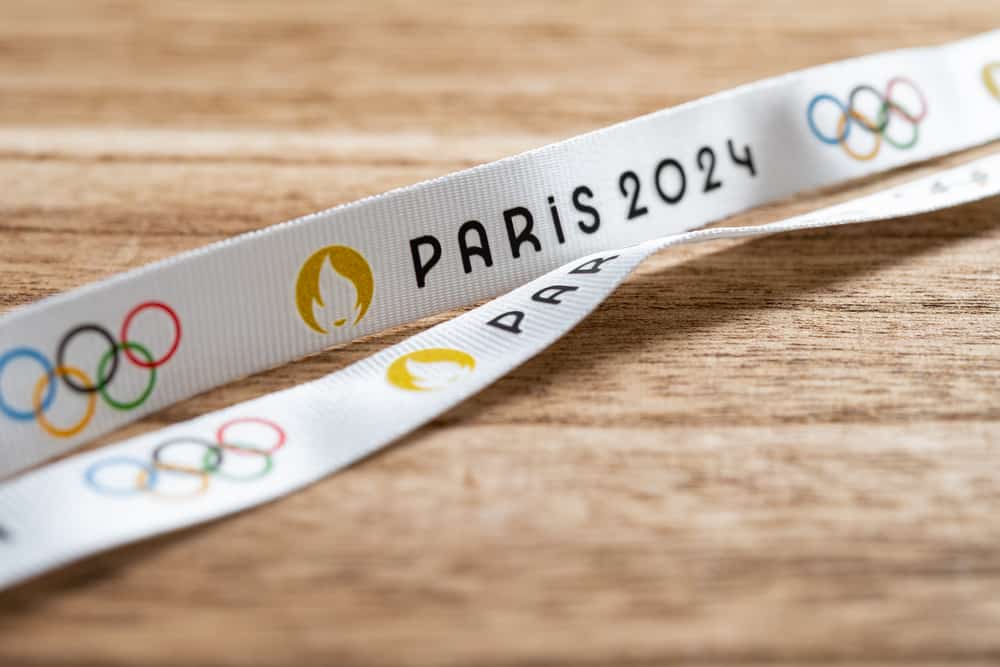In the world of elite sports, women athletes have been breaking barriers and redefining the limits of human potential. Their dedication, passion, and remarkable skill have earned them a well-deserved place in the upper echelons of athletics. Yet, beneath the glittering surface of achievement, there lies a complex tapestry of challenges that elite women athletes often confront on their journey to greatness.
Keep reading because we are going to delve into the ten common pain points that elite women athletes frequently encounter, shedding light on the realities they face and the resilience they exhibit in pursuit of their athletic dreams. Join us as we explore the multifaceted world of elite women’s sports, where strength, determination, and unwavering resolve collide with adversity, highlighting the inspiring stories of those who have risen above the challenges to reach the pinnacle of their chosen sports.
1. Gender Pay Gap
One of the biggest issues that has recently become a point of conversation is the significant pay gap between female and male athletes. Many female athletes, even those who have reached the top of their respective sports, time and time again earn significantly less than their male peers. Did you know that according to the Wasserman study, “THE NEW ECONOMY OF SPORTS,” men earn an average of 21 times more in playing salary than women athletes?
This pay gap reflects a considerable injustice and highlights the systemic bias that has been apparent in sports for generations.
The difference in pay has the potential to deter young women from pursuing their dreams of having a career in sports due to it limiting their financial security and the fact that it represents a significant gender inequality in the industry. Closing the gender pay gap is crucial to creating a more equitable sports landscape where elite women athletes are rightfully compensated for their dedication and performance.
2. Limited Sponsorship and Media Coverage
Second on our list of significant challenges that female athletes face is the very limited number of sponsorship opportunities and media coverage compared to male athletes. Women’s sports, no matter the level, receive a fraction of the sponsorship dollars and media attention that are given to men’s sports. The Wasserman study we mentioned above revealed that 90% of partnership dollars are directed toward male athletes. This leaves women athletes with very few opportunities for lucrative endorsements and brand partnerships.
This significant lack of visibility doesn’t only affect the financial prospects of female athletes but also hinders the growth and development of women’s sports. Without more sponsors and media organizations recognizing the immense talent and potential in women’s sports, there is no chance of growth within the industry, further continuing this ongoing problem.
3. Gender Bias and Stereotyping
Gender bias and stereotyping have been a huge issue in all professional workspaces, including sports. For years, society has held a preconceived notion of women’s physical abilities, leading to a negative bias on their performance in sports. Stereotypes such as “women are not as strong as men” or “women are not as competitive” can unfairly impact the way female athletes are evaluated and celebrated.
Overcoming these stereotypes requires not only exceptional talent but also resilience and determination. Female athletes frequently prove these stereotypes wrong through their extraordinary achievements and dedication to their sports. Challenging and changing these biases is essential to ensure that women athletes receive the recognition and respect they rightfully deserve.
4. Lack of Opportunities and Resources
Female athletes often need more professional opportunities, leagues, and resources than male athletes. This limits their growth and development as athletes. While men’s sports have well-established leagues and pathways to success, women’s sports struggle to provide similar opportunities for athletes growing in their respective sports.
Investing in women’s sports by establishing more professional leagues, competitions, and resources is essential to level the playing field and enable female athletes to reach their full potential. Creating a supportive ecosystem for women’s sports will benefit athletes and inspire young girls to pursue their athletic dreams.
5. Work-Life Balance
Balancing the demands of professional sports with personal life is challenging for elite women athletes. This challenge is exacerbated when athletes decide to start families. The recovery period after childbirth can take months to years, affecting women athletes’ training schedules and competitive readiness.
Addressing this issue requires the development of family-friendly policies and support systems within the sports industry. Ensuring women athletes have the necessary resources and flexibility to navigate their careers and personal lives is crucial for their long-term success and well-being.
6. Inequality in Facilities and Equipment
Women’s sports teams often have to make do with inferior facilities and equipment compared to their male counterparts. This disparity can affect the quality of training and preparation, ultimately impacting performance on the field. It’s time to provide female athletes equal access to top-notch facilities and equipment to ensure a level playing field. Investing in infrastructure that supports women’s sports is essential for fostering talent and promoting competitiveness.
7. Sexual Harassment and Abuse
Unfortunately, many women athletes around the globe have experienced an abundance of sexual harassment and abuse within their sports environments. This painful issue affects the physical and mental well-being of female athletes and can have long-lasting consequences on their careers and personal lives. Addressing sexual harassment and abuse requires a zero-tolerance approach within sports organizations. Implementing comprehensive education and reporting mechanisms can help create safe environments where athletes feel protected and supported.
8. Lack of Female Leadership in Sports Governance
The underrepresentation of women in sports governance is a systemic issue perpetuating gender imbalances in the sports industry. Without proper representation and decision-making power from women who understand the challenges they face in the sports industry, it becomes extremely difficult to advocate for the needs and interests of female athletes. When more women are promoted into leadership roles in sports, we will see a positive change in fostering a more inclusive and equitable sports landscape. Diverse perspectives at the highest levels of administration are the key to driving positive changes for women in sports.
9. Healthcare and Training Adjustments
With such a heavy focus over the past years on male athletes, women athletes have received fewer healthcare and training programs tailored to their unique physiological needs. This physiological difference between men and women means they have unique training, nutrition, and healthcare approaches.
Providing female athletes access to experts who understand and address their specific needs is essential for optimizing their performance and minimizing the risk of injuries and health issues. A personalized approach to training and healthcare can make a significant difference in the careers of elite women athletes.
10. Pressure to Conform to Societal Expectations
Women in sports often face pressure to conform to societal expectations regarding appearance and behavior. The focus on aesthetics and conformity can be mentally taxing and distracting from their athletic goals. This added pressure can have a detrimental impact on an athlete’s self-esteem and overall well-being.
Efforts should be made to shift the narrative surrounding women in sports, emphasizing their achievements, skills, and dedication rather than their appearance. Creating a supportive and inclusive environment where athletes are celebrated for their athletic prowess, regardless of societal expectations, is vital.
Fighting for Equality in the Sports Industry Together
For years, the sports world has been dominated by male athletes, leading to a variety of injustices for women in the sports world. The time for change is now, and we need to work together to recognize these problems and find a solution. At Flame Bearers, we are dedicated to sharing the stories of past and current women athletes, showcasing their stories, challenges, and accomplishments. Together, we can continue to make a positive impact in the realm of women’s sports.




